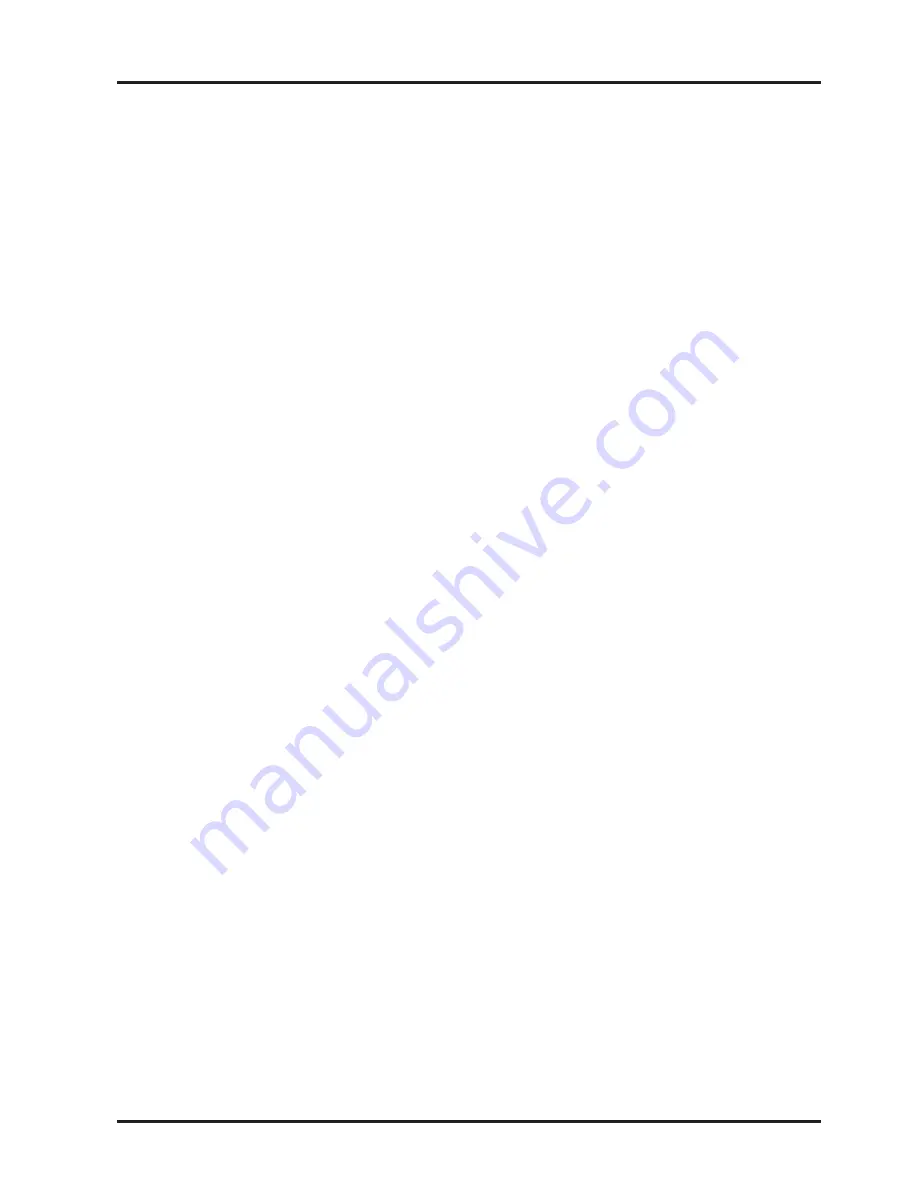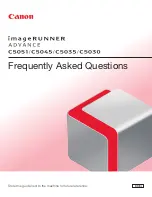
INKCUPS PAD PRINTERS
ICN-B100
¤
All rights reserved by Inkcups Now Corporation Page 5
V:91719
THE ETCHED PLATE
There are three main types of etched plate:
1. Thick steel
2. Thin steel
3. Plastic photopolymer
ġ
In all cases the image is created photographically. A photopositive is first produced. This
must read correctly with the emulsion towards the viewer. Steel plates are coated with a
photosensitive coating and the plastic is already photosensitive. The photopositive is then
placed on the surface of the plate. The plates with the photosensitive attached are exposed to
ultra violet light. This hardens the non-image areas, leaving the image areas to be washed
away. In the case of the plastic polymers, either water or a mix of water and alcohol are used.
Once washed out, the plate must be dried. This is a simple process.
These photopolymer plates will last up to 20,000 cycles, although care is required in setting
the machine. Thick steel (5mm - 10mm) etched plates are preferred when runs are likely to
be as high as 500,000 upwards. Once the image has been exposed and washed out, the
metal itself has to be etched with ferric chloride or hydrochloric acid. An alternative is to use
thin steel plates which can be purchased with the photosensitive coating already applied.
These still require the use of an aggressive etching medium but the fact that they are
pre-coated with the photosensitive emulsion makes processing a more practical proposition
for you. In terms of quality of print, the plastic photopolymers give the best results, followed
by thick steel, and finally thin steel. From the point of view of using the plates in production,
the thick steel is by far and away the best followed by thin steel and finally plastic
photopolymer. The differences in print quality will only be seen if you are doing highly critical
work.
The depth and quality of etch is very important. Normally the depth would be 25 microns. For
large areas the depth may increase to 30 microns. It is only in a very special application that it
would be any greater than this. The etch depth must be consistent across the plate and there
must be no irregularities in the bottom of the etch. The image printed will only be as good as
the etch. Some steel plates are made of inferior quality steel with a poor crystalline structure.
Flaws in the steel will show as a poor etch and consequently a faulty print.
SILICONE RUBBER PAD
The heart of the pad printing process, as the name suggests, is the printing pad, which is
made of silicone rubber. The purpose of this pad is to lift the image out of the etching and
place it onto the object. Because the pad is flexible, it enables many different shapes to be
printed. It must be able to pick up as much of the ink from the etched portion of the plate as
Содержание ICN-B100
Страница 1: ...ICN B100 PA D P R I N T E R M A N U A L...
Страница 42: ...0 1 0 1 66 0 9 6 7 2 6 7 5 9 12 6 7 7 1 836 12...







































